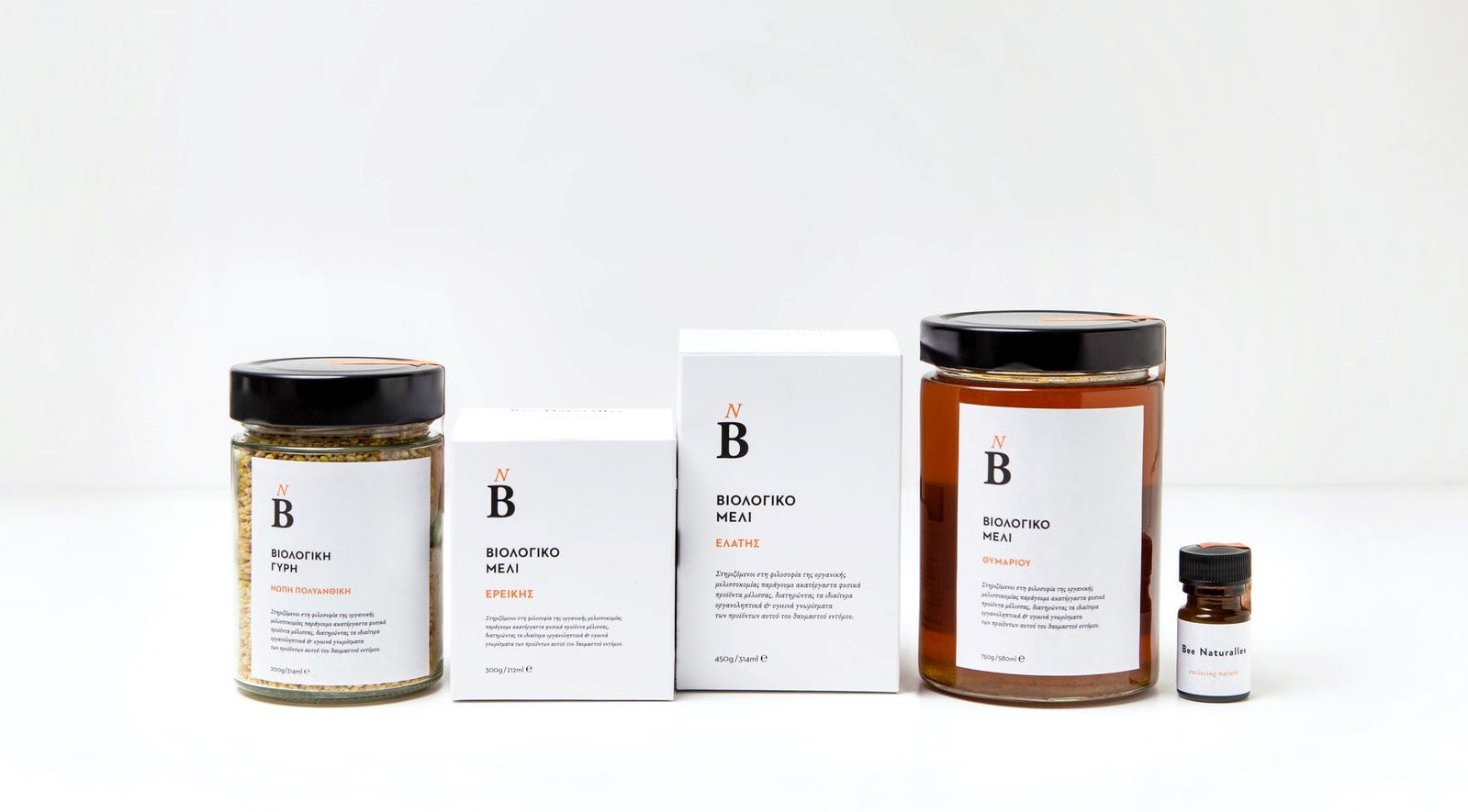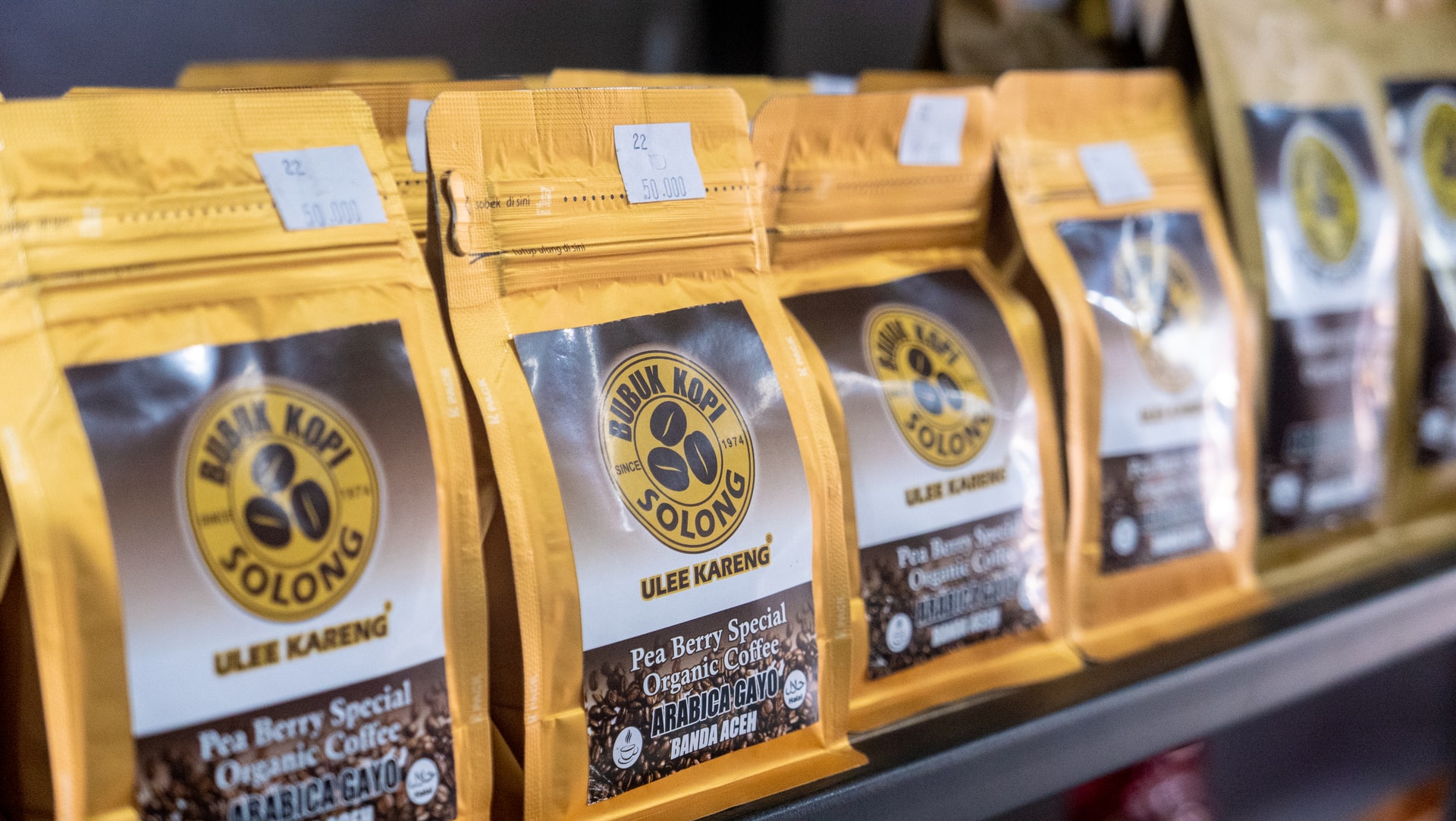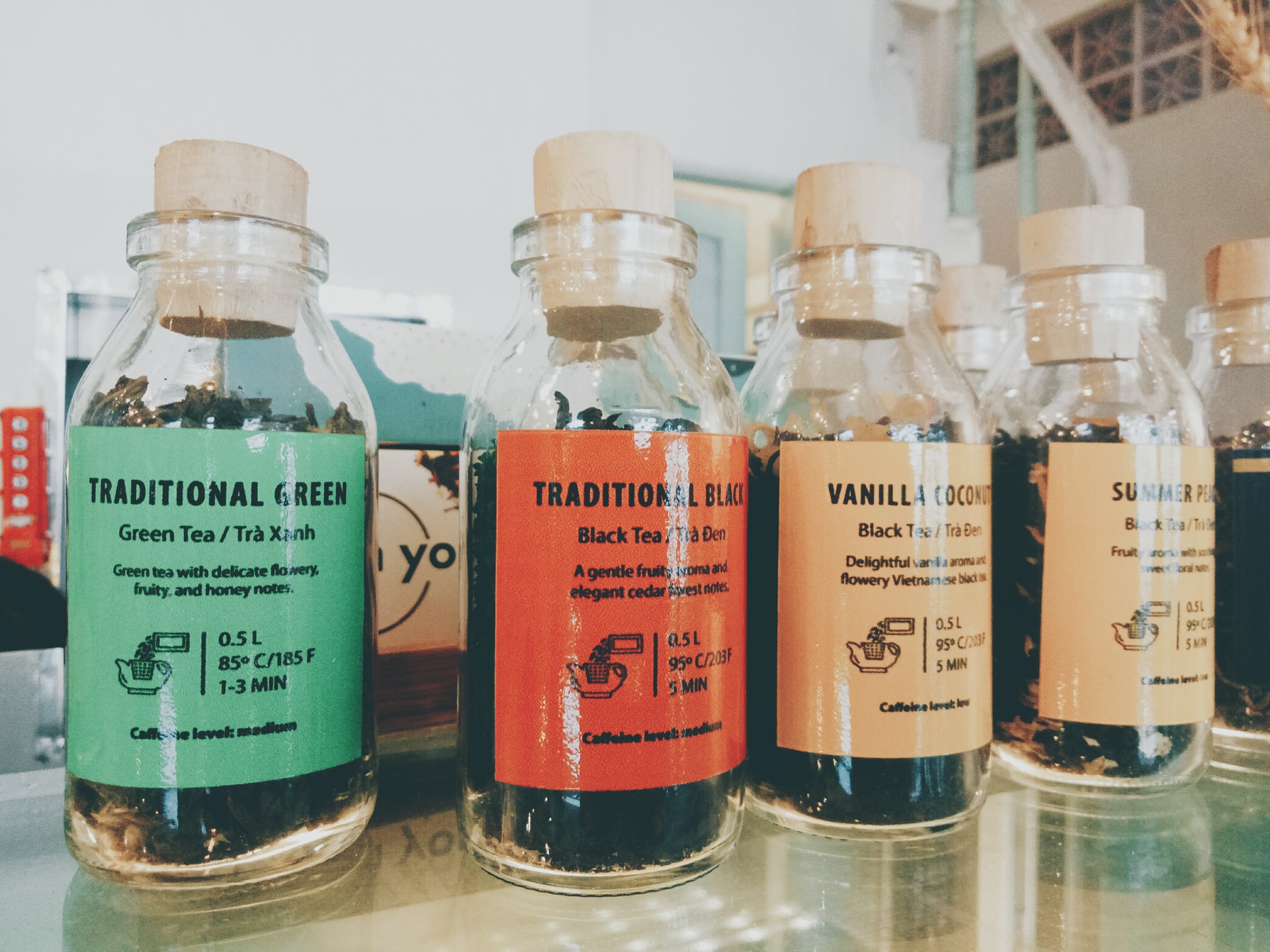4 MIN READ
The concept of clean label food and beverages is about products containing simple, clean ingredients that are easily recognized by customers. While it isn't something new, it has been really popular over the past few years as health-conscious consumers want to know what they're putting into their bodies.
Clean label is nowadays a new norm that is spurring innovation when it comes to food and beverage products. This concept is supported by the results of a survey showing that as many 73% of consumers are willing to pay a higher retail price for a food or drink product made with ingredients they both recognize and trust.
Additionally, in 2018, the clean label ingredients market was labeled $38.8 billion and is projected to reach $64.1 billion by 2026, which means growing at a CAGR of 6.8% from 2019 to 2026.
When it comes to trends, it's important to differentiate the lasting ones from passing fads in order to create long-term commercial success. In this article, we'll talk about 4 key clean label trends for the food and beverage industry.
1. Labels will be simpler, straightforward, and quieter
As information increasingly shifts online, clean label food and beverage products will focus on less 'story' and more inference.

Consumers currently experience what experts call label fatigue. Advances in model technology will help them access and validate a lot of product information online.
From manufacturers, which will mean increasing the levels of transparency, which will build trust with consumers. Plus, it could help positively address the ongoing 'demonization' of the F&B industry. Consumers will continue to prefer the lack of additives.
Over the next years, there'll be a significant label simplification as consumers are overwhelmed by the volume of details used to communicate the story of the products on their labels.

The consumer weariness regarding marketing-led messages will emerge with the disengagement level growing in order to make these a turn-off at the shelf edge. As we've mentioned earlier, it's first and foremost about transparency: consumers will see right through label exaggeration and research 'the truth' for themselves.
2. DNA profiling will drive customized nutrition
In the mid-term future, as societies become less tolerant to lactose and gluten, free-form will become the norm and established as a lifestyle trend. Offering customized nutrition for a specific lifestyle need will, therefore, be a way to achieve success.

This personalized, diagnosed-based approach to nutrition is also the result of improved genetic understanding. Hence, foods and beverages with improved lifestyle and functionality benefits that transcend demographics will emerge, with the emphasis on added-in style claims and positive labeling.
3. Segments that are expected to grow
When talking about clean label trends in the food and beverage industries, there are certain segments expected to see significant growth.
➔ The dairy and frozen dessert segment which in 2018 garnered 18.8% of clean label ingredients market share, is expected to grow at the highest CAGR of 9.2% by 2026.
➔ The sweetener and starch segment, which in 2018 accounted for 44% of the clean label ingredients market, is expected to grow at a CAGR of 4.8% by 2026.
➔ The beverage segment was valued at $11.6 billion and is expected to reach $18.1 billion by 2026, which means registering a CAGR of 6.0%.
➔ The natural flavor segment was valued at 8.5 billion and is expected to reach $15.8 billion by 2026, which means registering a CAGR of 8.3%.
4. The rise of authentic, less perfect, clean products
The term natural will continue to be very important in positioning, holding plenty of value for the customer. However, if overused and unless action is taken to define it, it could become diluted, therefore the food and beverage industry will see a wider trend emerging towards authenticity.

Preserving the term's positioning will involve, besides greater definition, a change in attitude and acceptance that, for some products, natural isn't always the appropriate positioning. At the same time, the natural trend will evolve as a key part of a wider drive towards realness and authenticity, mainly propelled by the coming age of the Millenials.
Having acquired their food knowledge through third parties, rather than at home, and exposed to a diet of picture-perfect dishes, they will grow to prefer more casual and less 'Instagrammable' foods. As a result, authenticity will manifest as a demand for less uniform-looking products, less perfect, with a home-cooked, nostalgic feel, using recognizable, locally-sourced, and sustainably-produced ingredients.

Nonetheless, it's essential to keep in mind that consumers very much want it all. Although products may look less perfect, they still have to be tasty, have nutritional value, and offer the right eating experience.
For the industry, the challenge will be manufacturing the perfectly imperfect. Managing the consumer's perception of natural ingredients and flavours will be very important.

